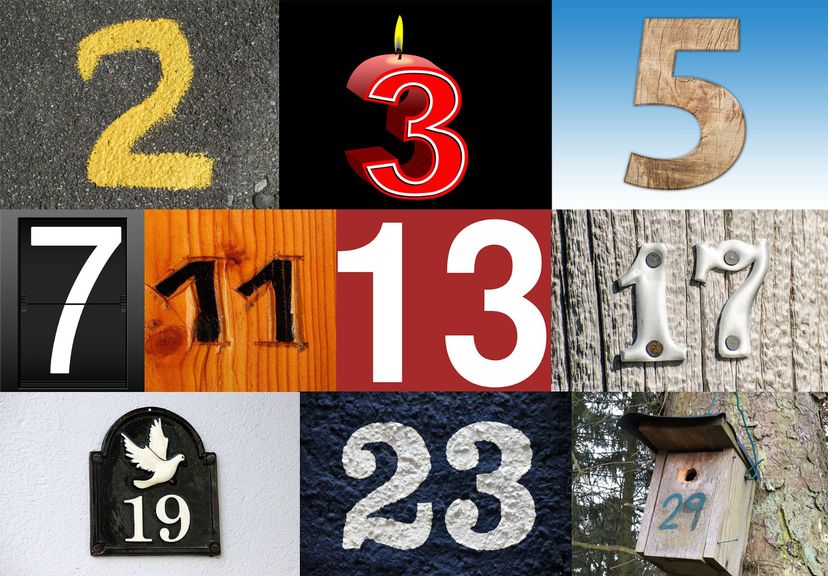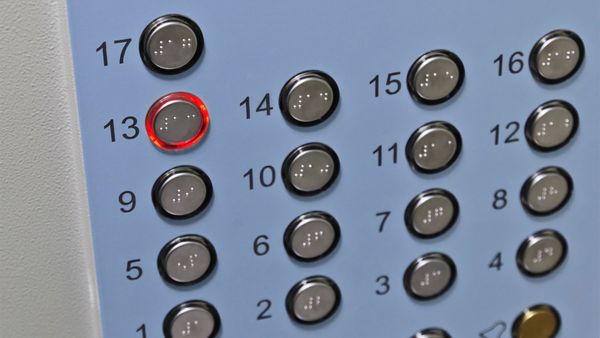Composite numbers are the opposite of prime numbers. They can be divided by other numbers besides 1 and themselves.
Mark Zegarelli, author of numerous books on math in the popular "For Dummies" series who also teaches test prep courses, offers an illustration involving coins that he uses with some of his students to explain the difference between prime numbers and composite numbers.
"Think about the number 6," says Zegarelli, citing a composite number. "Imagine that you have six coins. You could form them into a rectangle, with two rows of three coins. You can do that with eight, too, by putting four coins into two rows. With the number 12, you could make it into more than one type of rectangle — you could have two rows of six coins, or three times four."
"But if you take the number 5, no matter how you try, you can't put it into a rectangle," Zegarelli notes. "The best you can do it is string it into a line, a single row of five coins. So, you could call 5 a non-rectangular number. But the easier way to say that is to call it a prime number."
There are plenty of other prime numbers — 2, 3, 7 and 11 also are on the list, and it keeps rolling from there. The Greek mathematician Euclid, back in circa 300 B.C.E., devised a Proof of the Infinitude of Primes, which may have been the first mathematical proof showing that there is an infinite number of prime numbers. (In ancient Greece, where the modern concept of infinity wasn't quite understood, Euclid described the quantity of prime numbers simply as "more than any assigned multitude of prime numbers.")
Another way of understanding prime numbers and composites is to think of them as the product of factors, Zegarelli says. "2 times 3 equals 6, so 2 and 3 are factors of 6. So, there are two ways to make six — 1 times 6, and 2 times 3. I like to think of them as factor pairs. So, with a composite number, you have multiple factor pairs, while with a prime number, you have only one factor pair, one times the number itself."
Proving that the list of prime numbers is infinite isn't that tough, Zegarelli says. "Imagine that there is a last, biggest prime number. We're going to call it P. So then I'll take all the prime numbers up to P and multiply them all together. If I do that and add one to the product, that number has to be a prime."
If a number is a composite number, in contrast, it's always divisible by some quantity of lower prime numbers. "A composite could be divisible by other composites as well, but eventually, you can decompose it down to a set of prime numbers." (An example: the number 48 has exactly two factors, 6 and 8, but you can break it down further into more than only two factors: 2 times 3 times 2 times 2 times 2.)




